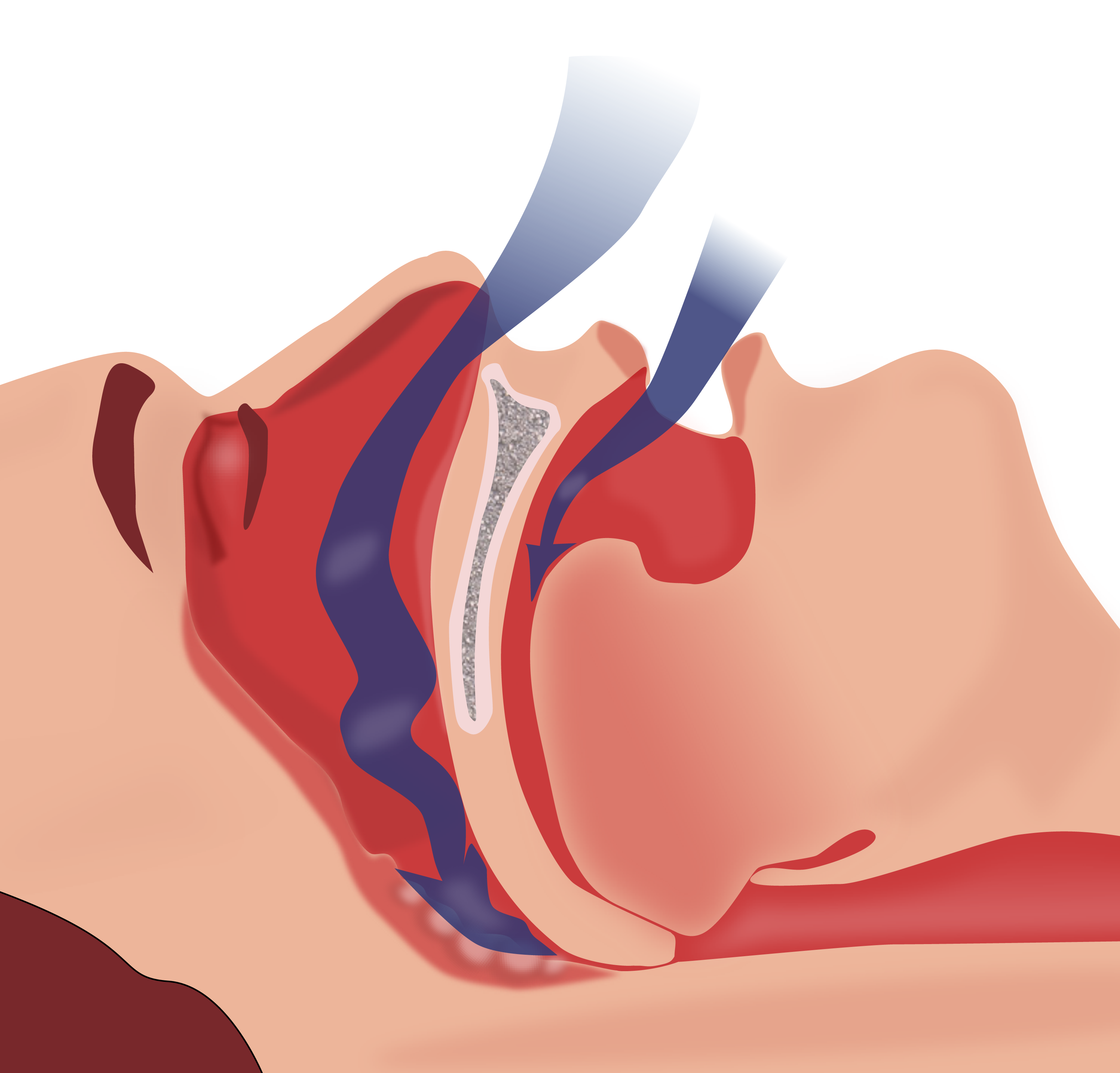Playlist
Show Playlist
Hide Playlist
Obstructive Sleep Apnea: Differential Diagnosis
-
Slides SpecificDiseases RespiratoryPathology V2.pdf
-
Reference List Pathology.pdf
-
Download Lecture Overview
00:01 Obstructive sleep apnea here is well, the patient is going to feel sleepy during the day called hypersomnia, and consider narcolepsy but that is a very rare and that’s really extremely scarier as well. 00:15 Insomnia at night, consider depression, maybe restless leg syndrome as being your differentials and gasping for breath at night, this then takes you to your paroxysmal nocturnal dyspnea which means that a patient you had has heart failure where there's increase pulmonary edema. 00:32 Why is this patient having apnea at night? Because of the heart failure and what happens, they're sleeping in a supine position, that’s when the pulmonary edema's really bad, a patient's having a real difficult time with breathing - what did he have to do? Get up immediately, hey doc. 00:47 They have to run to the window open it up for me to gasp for more air, right? That’s PND. 00:52 Important differentials: hypersomnia, insomnia, and gasping for breath - PND. 00:58 Continuing our discussion, what are the risk factors of obstructive rate of sleep apnea, goes up with BMI remember that cut-off point which was? Good, 30 at least 30 kgs. 01:10 Large neck size is an excellent predictor, also seen in children born with jaw/mouth birth defects. 01:17 Remember, the adenoid tonsil type of issues especially in children, obstructive sleep apnea, risk factors. 01:23 Continuing forward, prevention is important. 01:27 Weight loss, let's say you wanna do a lifestyle modification first and foremost so, if you have answer choices weight loss, CPAP, intubate, and you know that your patient is coming in with obstructive sleep apnea. 01:42 Your answer is weight loss. 01:45 Now, stuff like that is not happening, the patient is not compliant then you think about others and you start thinking about CPAP. 01:53 Others that include prevention, avoidance of alcohol or sedatives. 01:57 Clinical manifestations of obstructive sleep apnea. 02:00 Signs and symptoms: Snoring, daytime you are feeling sleepy as well, systemic hypertension, morning headaches, obesity. 02:10 What about that neck circumference? Forty-two centimeters or 16 and a half inches. 02:17 Typical presentation, complaint is not from the patient but more about, as I said earlier, it would be the partner that will be telling you, hey, doc - I'm having a hard time sleeping at night, not so much because of what's going on with me, it's because my partner is just too loud. 02:33 Alright, so obstructive sleep apnea, snoring. 02:36 Diagnosis. Clinical presentation above and as I said, many of you, when you're going to proper practice will actually be involved in sleep studies and so overnight what's known as the polysomnography, actual reading. 02:50 Your sleep patterns, now there's something that you are responsible for in your sleep pattern and this is what you're seeing. 02:57 Now, arousal was what I'd like for you to take a look at and you find a normal EEG patterns then the big long arrow that you're seeing here is decreased airflow, that’s almost like a flat line and this will be the times of apnea taking place in your patient and that may lead to desaturation. 03:16 And these are the times of 10 seconds that you're seeing and this ladies and gentlemen, by definition this is your polysomnography, and this is what is going to then measure and give you your patient confirmed diagnosis of sleep apnea. 03:31 Ten seconds.
About the Lecture
The lecture Obstructive Sleep Apnea: Differential Diagnosis by Carlo Raj, MD is from the course Disorders of the Pulmonary Circulation and the Respiratory Regulation: Basic Principles with Carlo Raj.
Included Quiz Questions
Which of the following is a lifestyle modification suggested for a patient with obstructive sleep apnea?
- Avoidance of sedatives and alcohol
- Low salt diet
- High protein diet
- Increase daily sleep amount
- Increase intake of fruits and vegetables
Which of the following is NOT an expected clinical manifestation of obstructive sleep apnea?
- Daytime hypoxemia
- Snoring
- Morning headaches
- Systemic hypertension
- Daytime hypersomnolence
Which of the following is the best predictor of obstructive sleep apnea in a patient?
- Neck circumference > 16.5 inches (42 cm)
- BMI > 20
- Pulmonary hypertension
- Alcohol use
- Daytime somnolence
Which of the following is the best test to confirm the diagnosis of obstructive sleep apnea?
- Overnight polysomnography
- Complete blood count
- Echocardiogram
- Right heart catheterization
- Pulmonary function test
Customer reviews
5,0 of 5 stars
| 5 Stars |
|
5 |
| 4 Stars |
|
0 |
| 3 Stars |
|
0 |
| 2 Stars |
|
0 |
| 1 Star |
|
0 |




